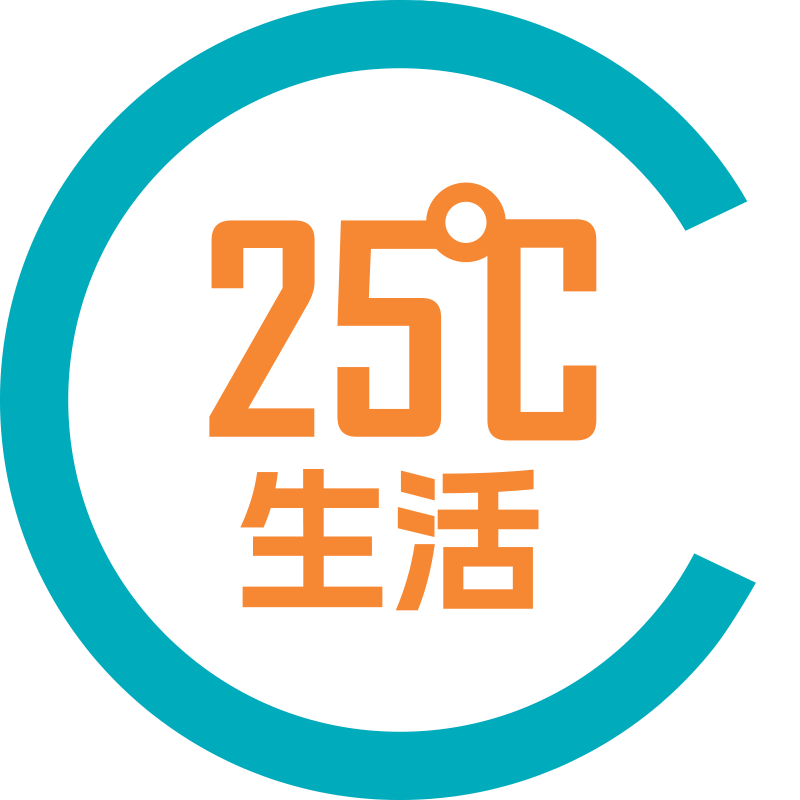Shandong companies are ringing the alarm on liquidity. Many privately-owned enterprises (POEs) in the coastal province--China's third-largest by GDP--are struggling to repay short-term maturities, said &P Global Ratings in a report titled, "One Year On, Shandong's POE Liquidity Squeeze Gets More Constricting."
The agency's analysts are frequently asked why the POEs of such an economically vibrant region are facing liquidity issues.
S&P believes that declining industry fundamentals, entangled cross guarantees, and ill-managed investments are triggering liquidity squeezes. More than a year after it published a report looking at the problem of cross guarantees in Shandong, the agency finds many POEs in this region are still in trouble.
"The Shandong economy is skewed toward gritty smoke-stack industries where companies are typically highly leveraged," said S&P's China country specialist Chang Li. "We view the plight of Shandong POEs as indicative of China's wider challenge: the difficulty of transitioning to a higher-value-added economy while managing high debt and slowing growth."
While S&P noted the government may help some troubled firms, it does not expect such aid will fix Shandong POEs, but that most of the companies will ultimately be asked to stand on their own resources.
Most recent Shandong distress cases involved companies in overcapacity sectors such as oil refining, petrochemicals, steel, aluminum, and textiles. In recent years, slowing economic growth in China has strained the profitability and operating cash flow of those sectors, as have strengthened enforcement of environmental protection regulations in China.
Shandong POEs are also frequent users of the cross guarantee, which has the potential to send one company's liquidity issues reverberating through the credit system. Simply, chained borrowing relationships could send dominos toppling, with a series of companies sequentially unable to fulfill guarantee commitments.
Complicating the issue is the weak transparency of these companies in disclosing their full exposures. This can create vicious cycles where complex cross guarantees spread solvency risks to the entire region, swamping the good credits along with the bad.
Adding to the woes is that many POEs in Shandong have a high reliance on capital markets. Among rated companies, on average, bonds account for about half of total debt. The preponderance of bullet debt in capital structures makes these companies exposed to shifts in investor sentiment and credit market volatility.
S&P foresees no immediate relief to Shandong's POE liquidity and refinancing challenges given China's slowing economy. It expects the Shandong POE credit risk will remain significant for the next 12 months.
In S&P's framework, POEs do not receive rating uplift from the expectation of extraordinary government support. However, S&P noted that investors are always interested in the possibility of government support for POEs.
Local governments have indeed helped distressed Shandong companies, mindful of their importance to the region's economy, tax revenues, and employment.
全新節目《說說心理話》青少年不可以戀愛!?真實個案講述驚心動魄經歷► 即睇





















